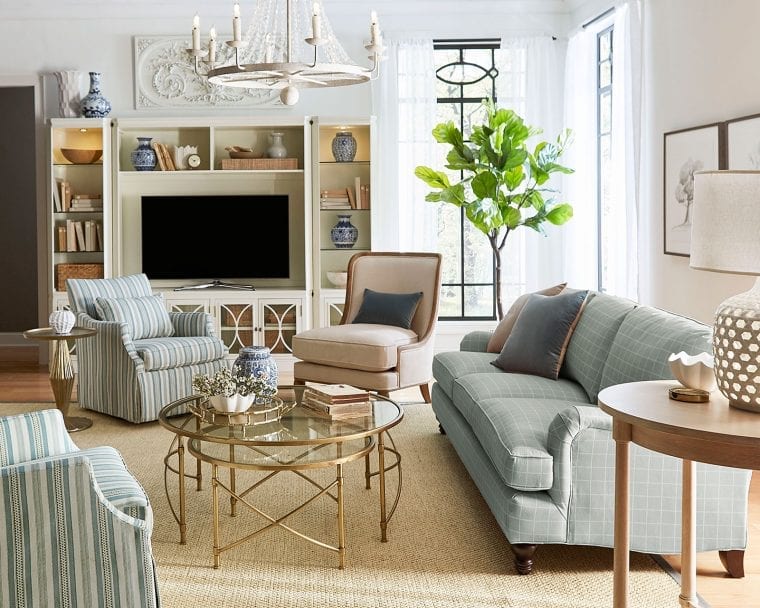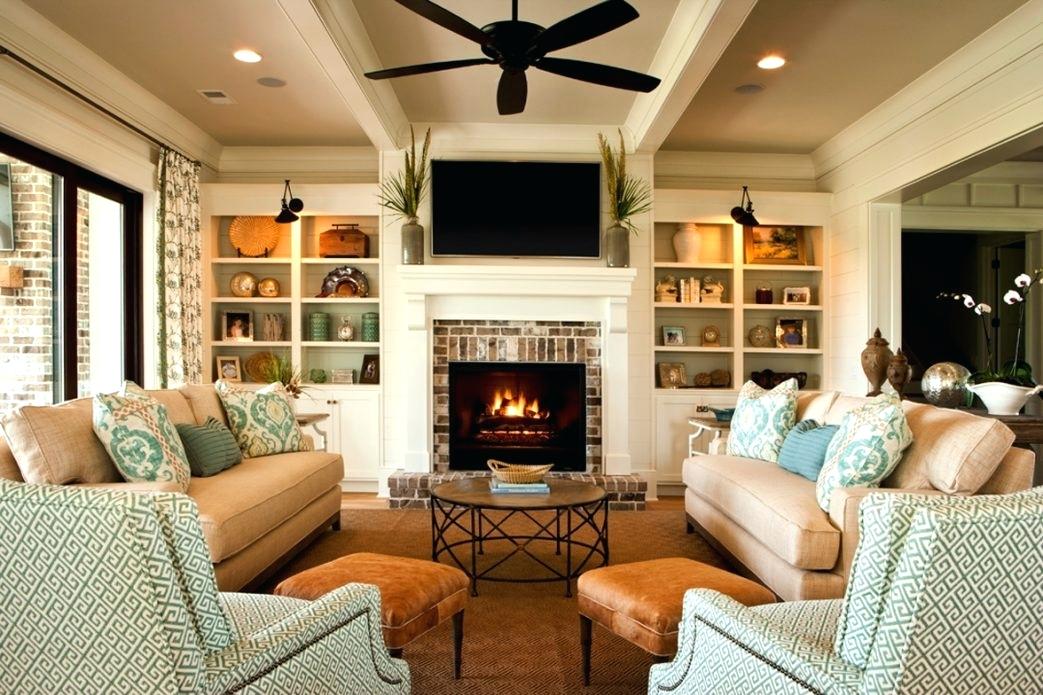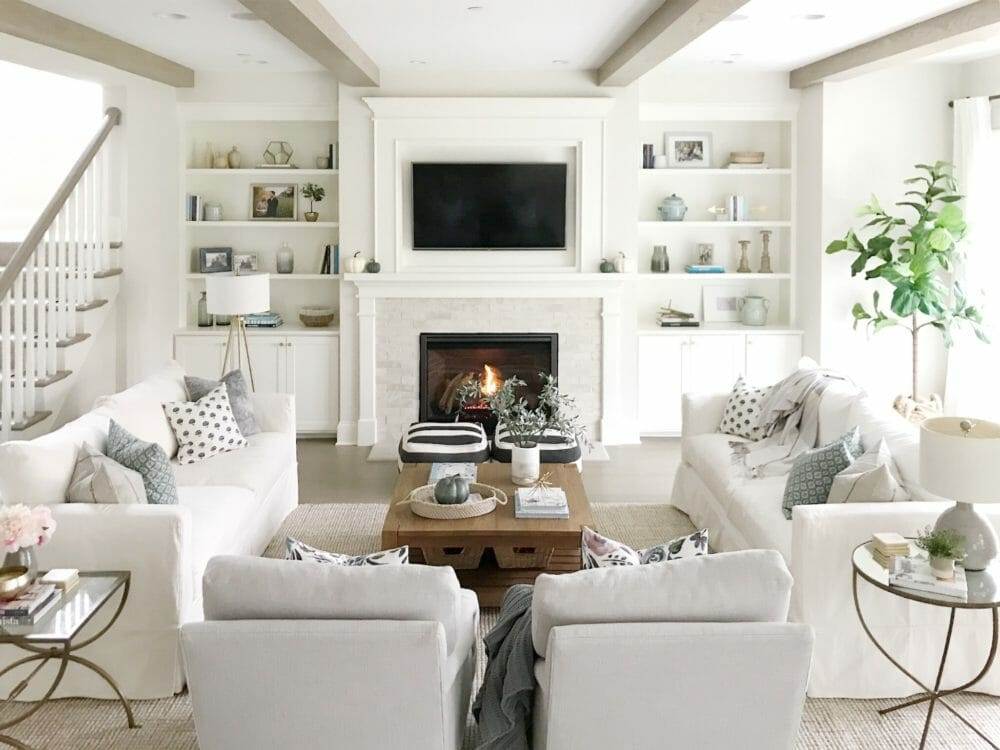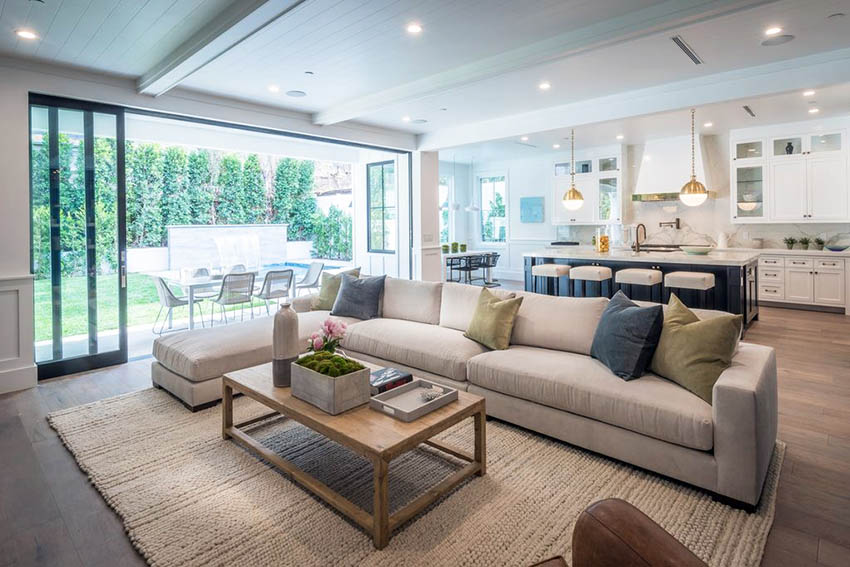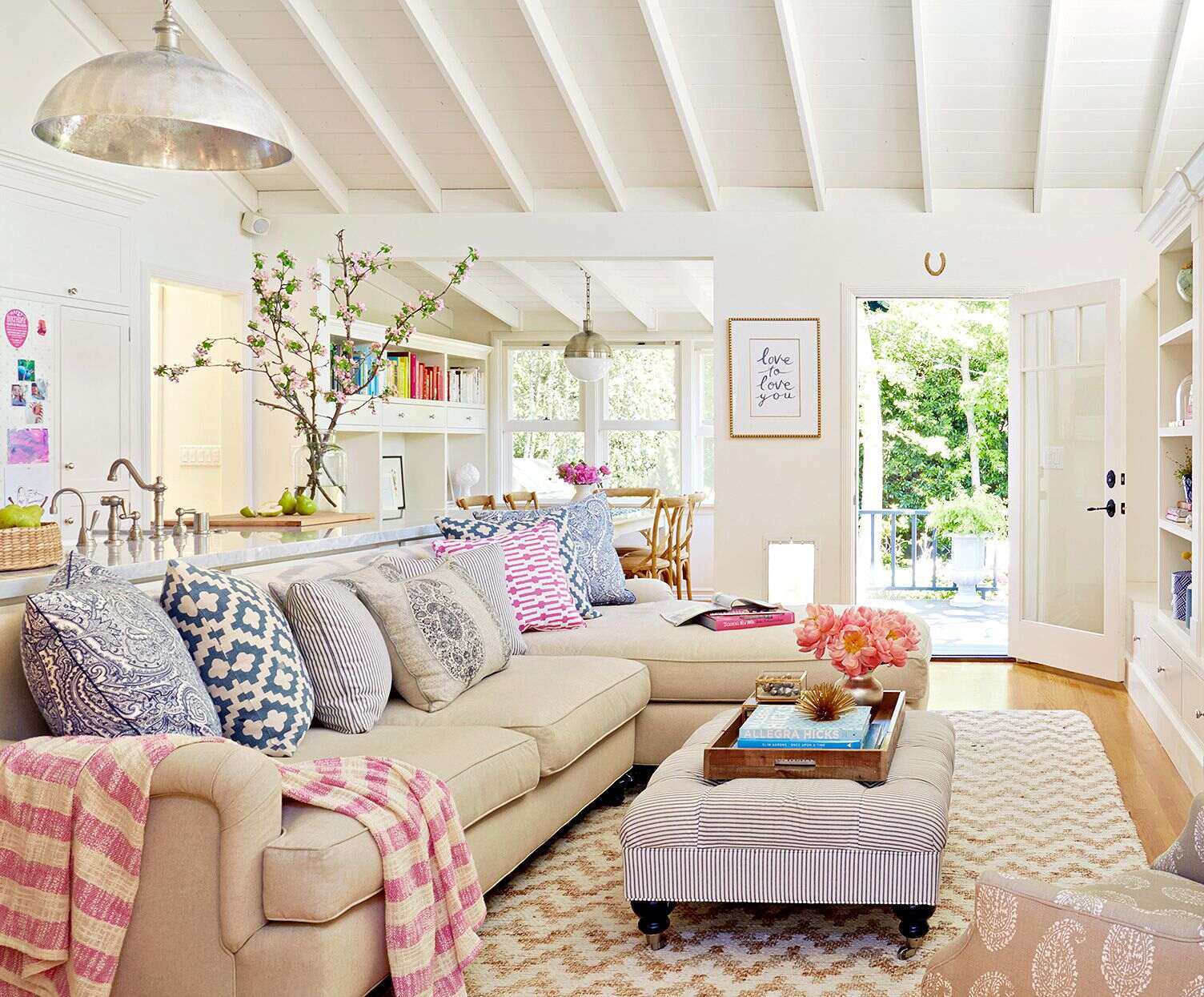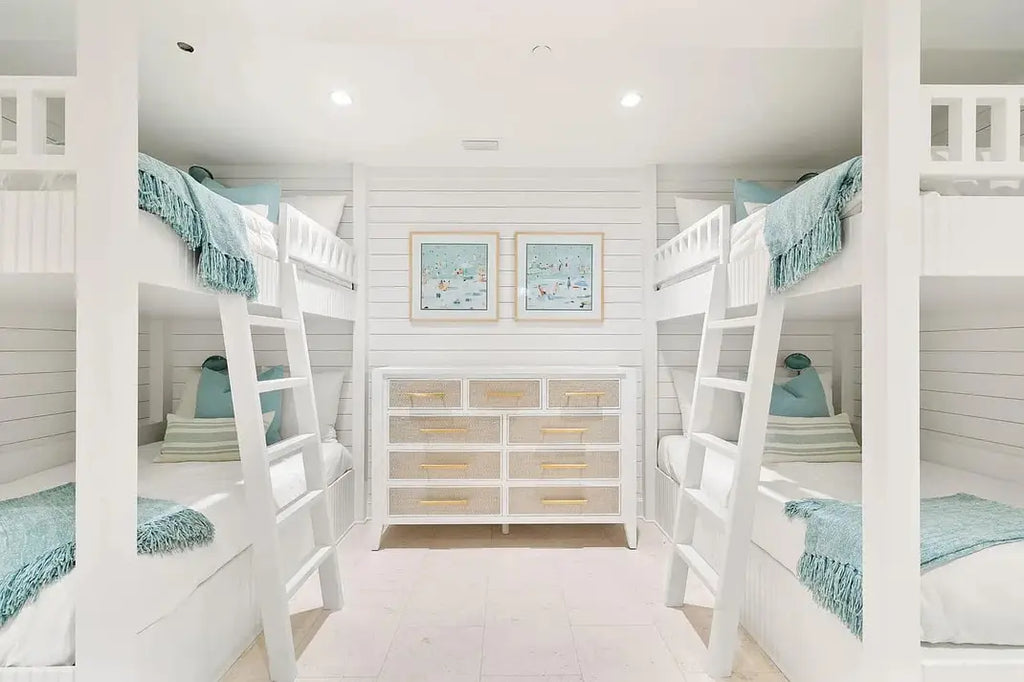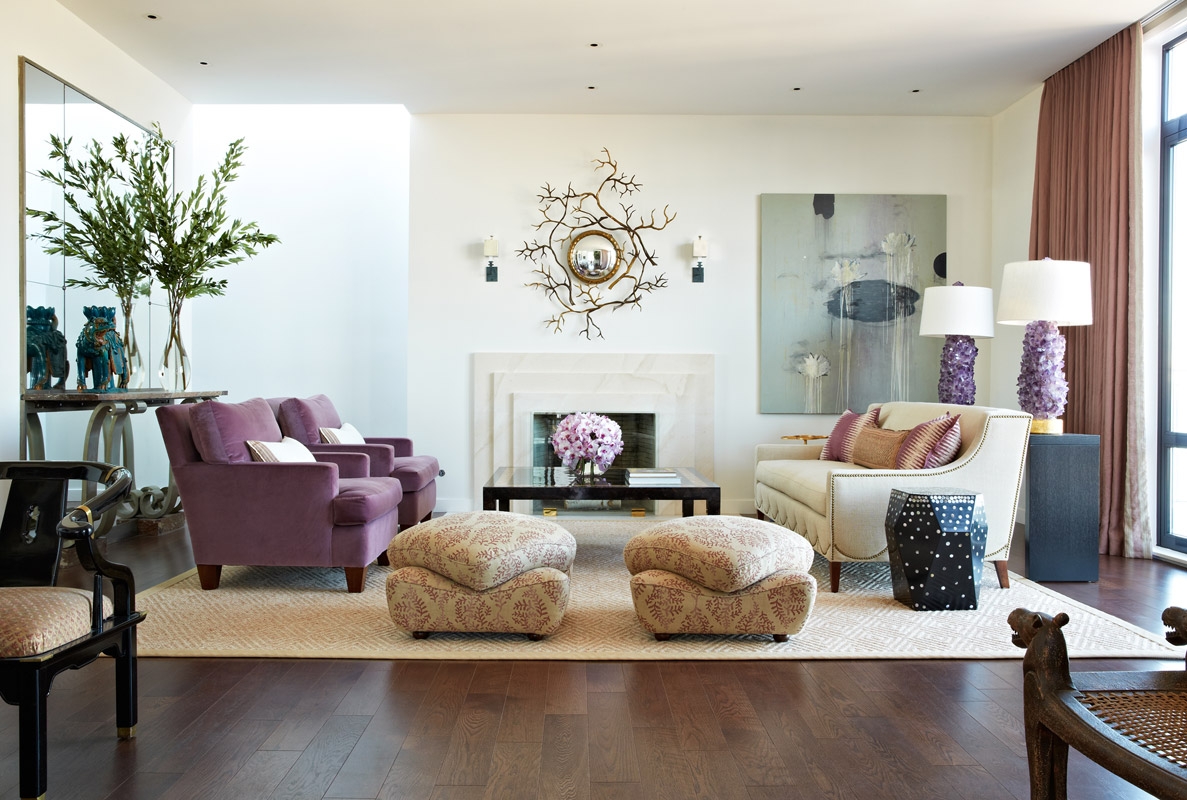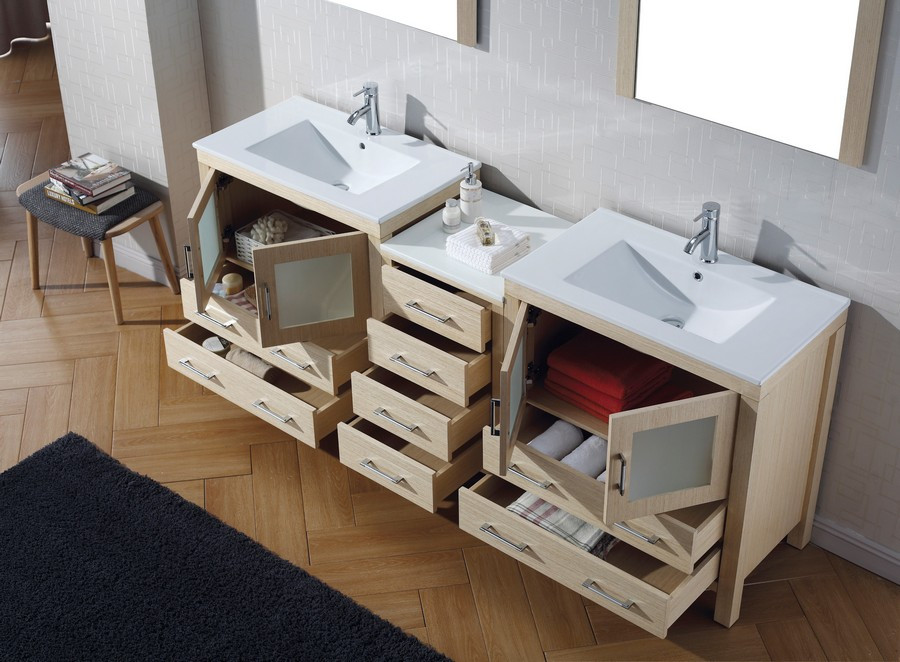When it comes to designing a living room, the placement of furniture plays a crucial role in creating a functional and aesthetically pleasing space. Whether you have a large or small living room, arranging furniture in the right way can make all the difference. Here are some tips to help you create the perfect layout for your living room.Arranging Furniture in a Living Room
Before you start moving furniture around, it's important to have a plan in mind. Think about the purpose of your living room and the activities that will take place in the space. For example, if you frequently entertain guests, you may want to prioritize seating and create a conversation area. Or if you use your living room for movie nights, consider positioning your furniture for optimal TV viewing.How to Place Furniture in a Living Room
One of the key aspects of furniture placement is creating balance and flow in the room. This means arranging furniture in a way that feels symmetrical and allows for easy movement throughout the space. Avoid overcrowding one area and leaving empty spaces in others. Also, consider the room's focal point, whether it's a fireplace, window, or TV, and arrange furniture around it.Living Room Furniture Placement Tips
If you have a small living room, it's important to make the most of the space you have. One way to do this is by choosing furniture that serves multiple purposes, such as a coffee table with hidden storage or a sofa bed for guests. You can also use furniture placement to create the illusion of more space. For example, placing a large mirror across from a window can reflect light and make the room appear larger.Maximizing Space in a Living Room with Furniture Placement
Functionality should be a top priority when arranging furniture in a living room. Consider the flow of foot traffic and leave enough space for people to move around comfortably. Ensure that there is a clear path from the entrance to the seating area and that furniture is not blocking any doorways or windows. Additionally, make sure that there is adequate seating for everyone who will be using the living room.Creating a Functional Living Room Layout with Furniture
Creating a cozy and inviting living room is all about finding the right balance. Too much furniture can make the space feel cluttered and overwhelming, while too little can make it feel sparse and unwelcoming. To achieve a cozy vibe, consider layering different textures and incorporating soft lighting. You can also arrange furniture in a way that promotes conversation and encourages people to gather in one area.Designing a Cozy Living Room with Furniture Placement
If you have a small living room, it's important to be strategic with your furniture placement. Avoid placing large pieces of furniture in the center of the room, as this can make the space feel cramped. Instead, opt for floating furniture arrangements, where pieces are placed against walls or in corners to maximize floor space. You can also use smaller furniture pieces, such as armchairs and stools, to create additional seating without taking up too much room.Strategic Furniture Placement for a Small Living Room
In addition to placement, the type and size of furniture you choose can greatly impact the overall look and feel of your living room. Before making any purchases, measure your space and consider how each piece will fit into the layout. Avoid oversized furniture that can overpower a room and opt for pieces that are proportionate to your space. You can also mix and match different styles and sizes to create a unique and visually appealing living room.Choosing the Right Furniture for Your Living Room Layout
If you have an open concept living room, you may face the challenge of defining and separating different areas without creating a disjointed space. One way to achieve this is by using furniture placement to create zones. For example, you can use a sofa or area rug to delineate the living room area from the dining or kitchen area. You can also use furniture to create a sense of continuity by choosing pieces that complement each other in terms of style and color.Efficiently Placing Furniture in an Open Concept Living Room
As mentioned earlier, balance and flow are key elements in furniture placement. To create a balanced living room, try to distribute furniture evenly throughout the space. For example, if you have a large sofa on one side of the room, balance it out with a couple of chairs on the other side. You can also use a mix of different furniture types, such as a combination of sofas, armchairs, and ottomans, to add visual interest and create a sense of flow. In conclusion, properly placing furniture in a living room is essential for creating a functional, comfortable, and visually appealing space. Consider the purpose of the room, the size of your space, and the style of furniture you want to incorporate. With these tips, you can create a living room layout that suits your needs and reflects your personal style.Creating Balance and Flow in a Living Room with Furniture Placement
Arranging Furniture in a Living Room for Optimal Functionality and Aesthetics

Maximizing Space and Comfort
 When it comes to designing a living room, one of the most important aspects to consider is the placement of furniture. The way furniture is arranged can greatly impact the functionality and overall look of the space. Not only does it need to be visually appealing, but it also needs to serve its purpose and provide comfort for those who will be using it.
Efficient use of space
is key, especially if the living room is on the smaller side. Here are some tips for
maximizing space and comfort
when arranging furniture in a living room.
When it comes to designing a living room, one of the most important aspects to consider is the placement of furniture. The way furniture is arranged can greatly impact the functionality and overall look of the space. Not only does it need to be visually appealing, but it also needs to serve its purpose and provide comfort for those who will be using it.
Efficient use of space
is key, especially if the living room is on the smaller side. Here are some tips for
maximizing space and comfort
when arranging furniture in a living room.
Start with a Focal Point
 Before you even start moving furniture around, it's important to identify a
focal point
in the room. This could be a fireplace, a TV, or a large window with a beautiful view. By determining a focal point, you can then arrange the furniture around it, creating a sense of balance and cohesion in the space. This also helps to
draw the eye
to a specific area, making the room feel more inviting and put-together.
Before you even start moving furniture around, it's important to identify a
focal point
in the room. This could be a fireplace, a TV, or a large window with a beautiful view. By determining a focal point, you can then arrange the furniture around it, creating a sense of balance and cohesion in the space. This also helps to
draw the eye
to a specific area, making the room feel more inviting and put-together.
Consider Traffic Flow
 Another important factor to keep in mind when arranging furniture is the
traffic flow
in the room. You want to make sure there is enough space for people to comfortably move around without feeling cramped or obstructing any pathways. If you have a larger living room, consider creating
multiple seating areas
to accommodate different activities such as reading, watching TV, or socializing. This allows for a more
dynamic and functional
space.
Another important factor to keep in mind when arranging furniture is the
traffic flow
in the room. You want to make sure there is enough space for people to comfortably move around without feeling cramped or obstructing any pathways. If you have a larger living room, consider creating
multiple seating areas
to accommodate different activities such as reading, watching TV, or socializing. This allows for a more
dynamic and functional
space.
Balance and Symmetry
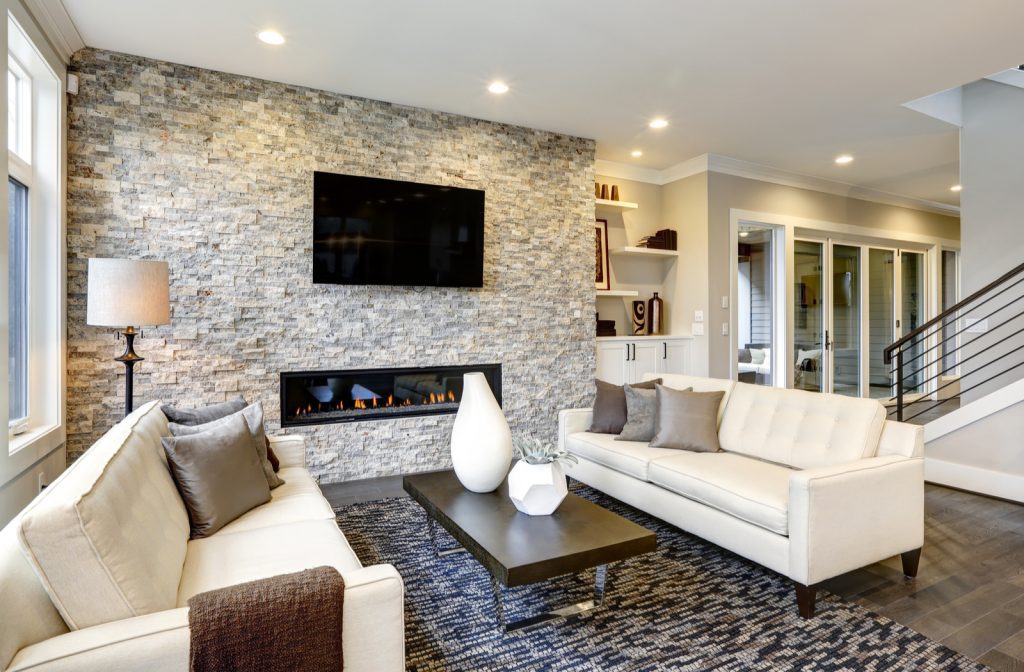 When arranging furniture, it's important to create a sense of
balance and symmetry
in the room. This not only makes the space visually appealing, but it also helps to
distribute weight
evenly and prevent any one area from feeling too heavy. For example, if you have a large sofa on one side of the room, balance it out with a couple of armchairs on the other side. This also applies to the size and placement of accessories such as
throw pillows
and
decorative items
.
When arranging furniture, it's important to create a sense of
balance and symmetry
in the room. This not only makes the space visually appealing, but it also helps to
distribute weight
evenly and prevent any one area from feeling too heavy. For example, if you have a large sofa on one side of the room, balance it out with a couple of armchairs on the other side. This also applies to the size and placement of accessories such as
throw pillows
and
decorative items
.
Think About Functionality
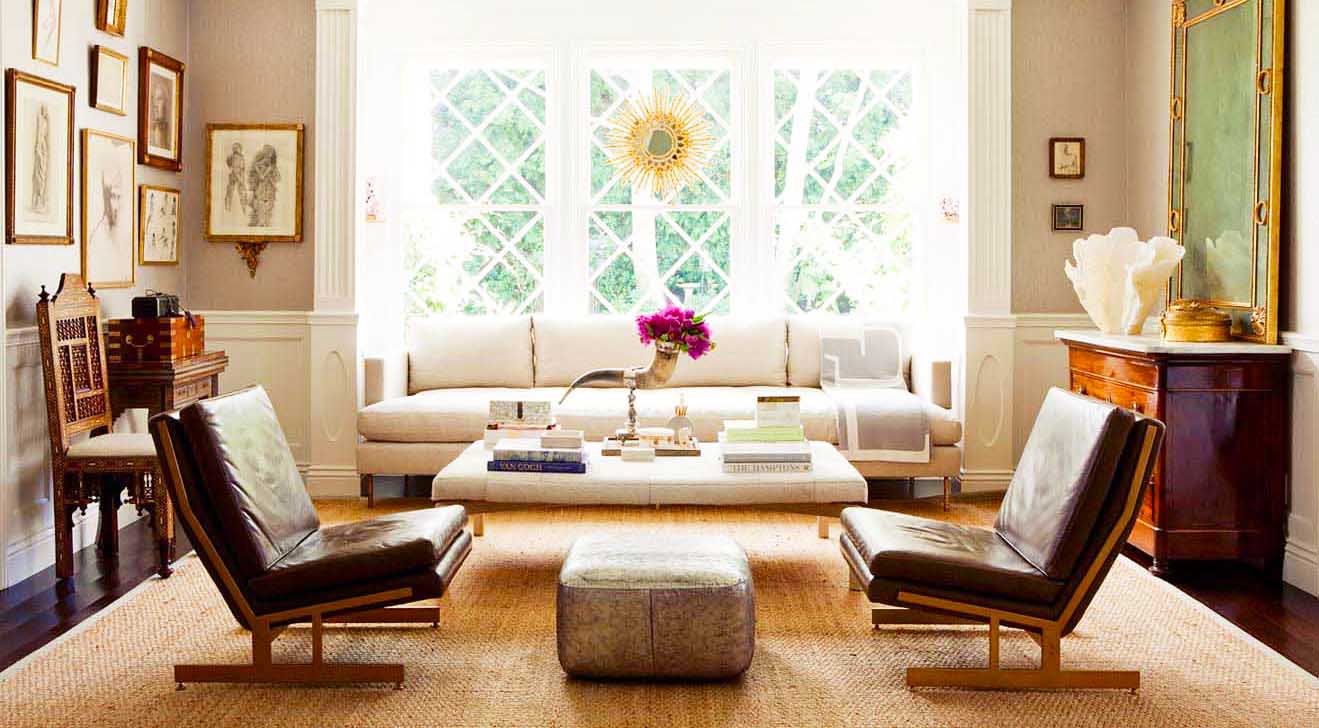 While aesthetics are important,
functionality
should also be a top priority when arranging furniture in a living room. Consider how the space will be used and make sure the furniture serves its purpose. For example, if you often host gatherings, make sure there is enough seating for everyone. If you have kids or pets, opt for durable and
easy-to-clean
fabrics. By thinking about functionality, you can create a living room that not only looks great but also meets your needs.
While aesthetics are important,
functionality
should also be a top priority when arranging furniture in a living room. Consider how the space will be used and make sure the furniture serves its purpose. For example, if you often host gatherings, make sure there is enough seating for everyone. If you have kids or pets, opt for durable and
easy-to-clean
fabrics. By thinking about functionality, you can create a living room that not only looks great but also meets your needs.
Final Thoughts
 In conclusion,
placing furniture in a living room
is a crucial aspect of house design. By
maximizing space and comfort
, starting with a
focal point
, considering
traffic flow
, creating
balance and symmetry
, and thinking about
functionality
, you can create a living room that is both aesthetically pleasing and practical for everyday use. So the next time you're rearranging your living room, keep these tips in mind for a functional and beautiful space.
In conclusion,
placing furniture in a living room
is a crucial aspect of house design. By
maximizing space and comfort
, starting with a
focal point
, considering
traffic flow
, creating
balance and symmetry
, and thinking about
functionality
, you can create a living room that is both aesthetically pleasing and practical for everyday use. So the next time you're rearranging your living room, keep these tips in mind for a functional and beautiful space.


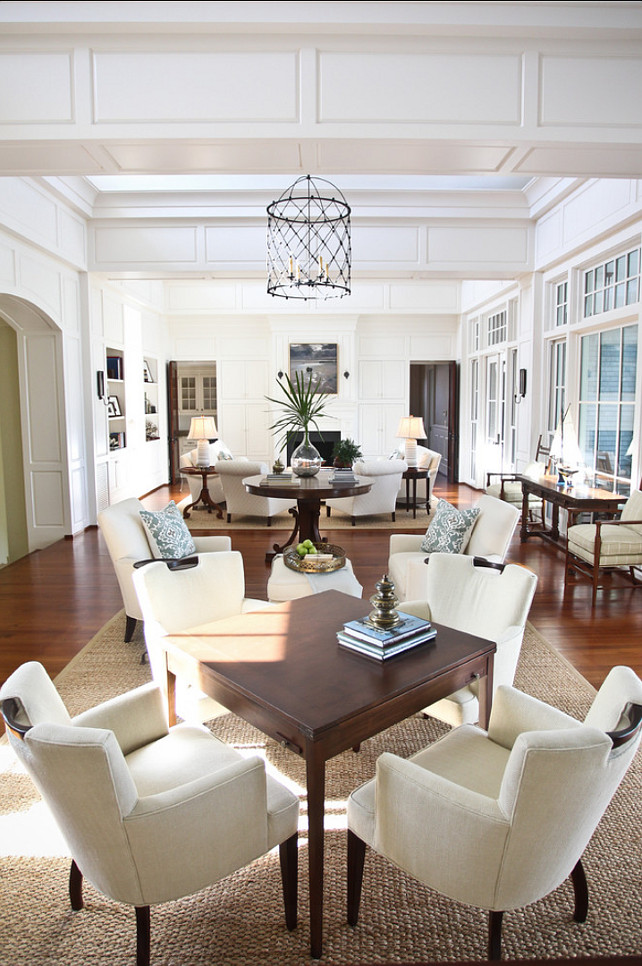



/twenty20_cc649399-40dc-4816-8620-37b365d88f70-5a01d3be22fa3a0037001998.jpg)
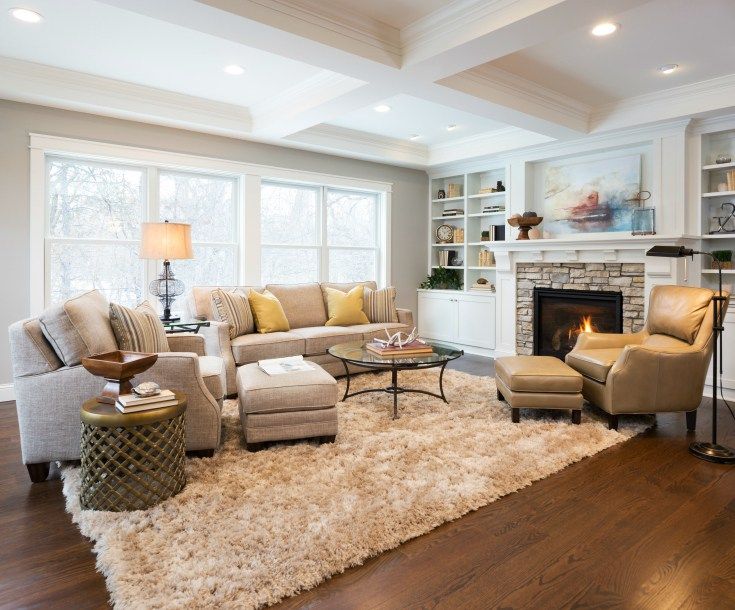

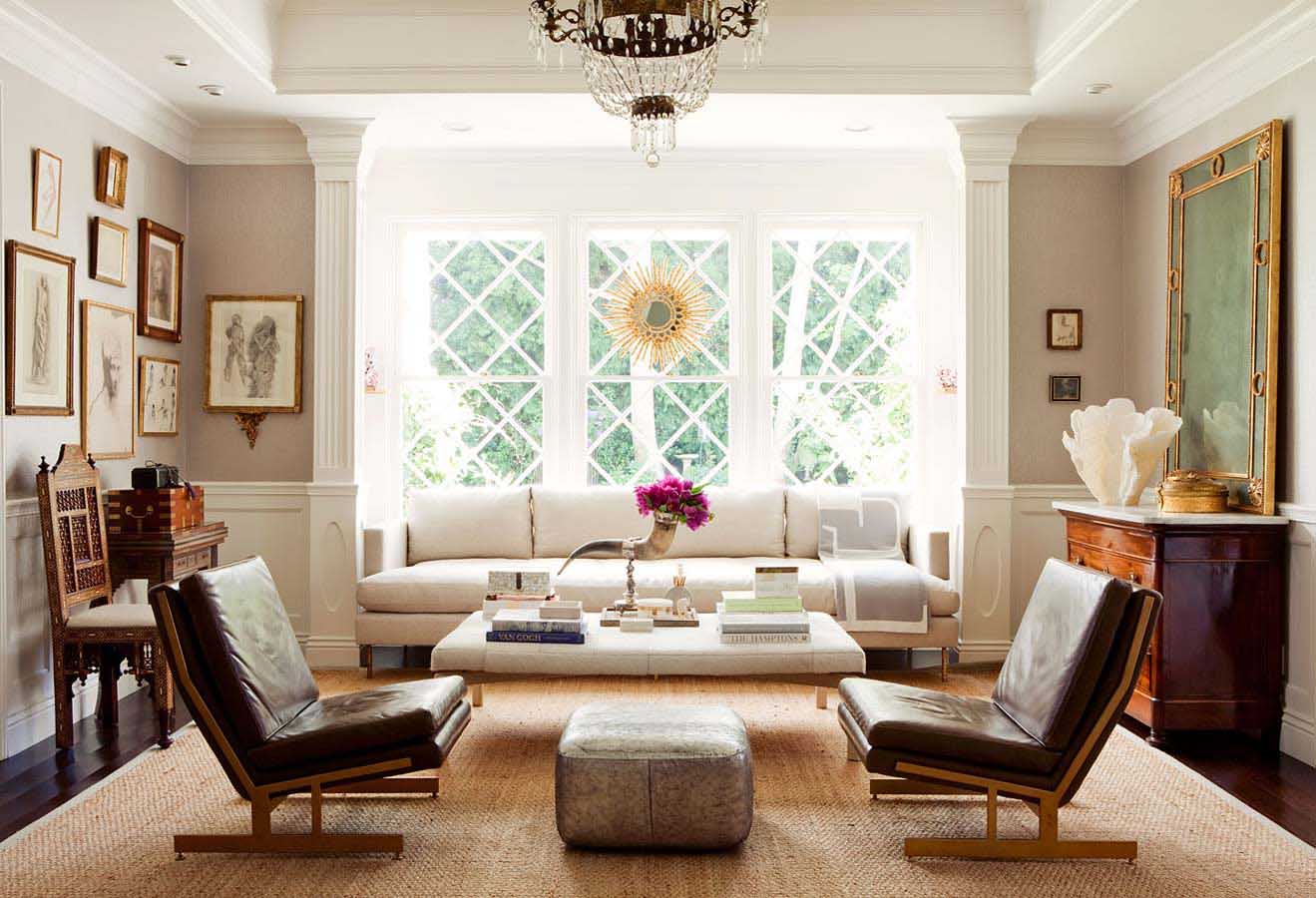
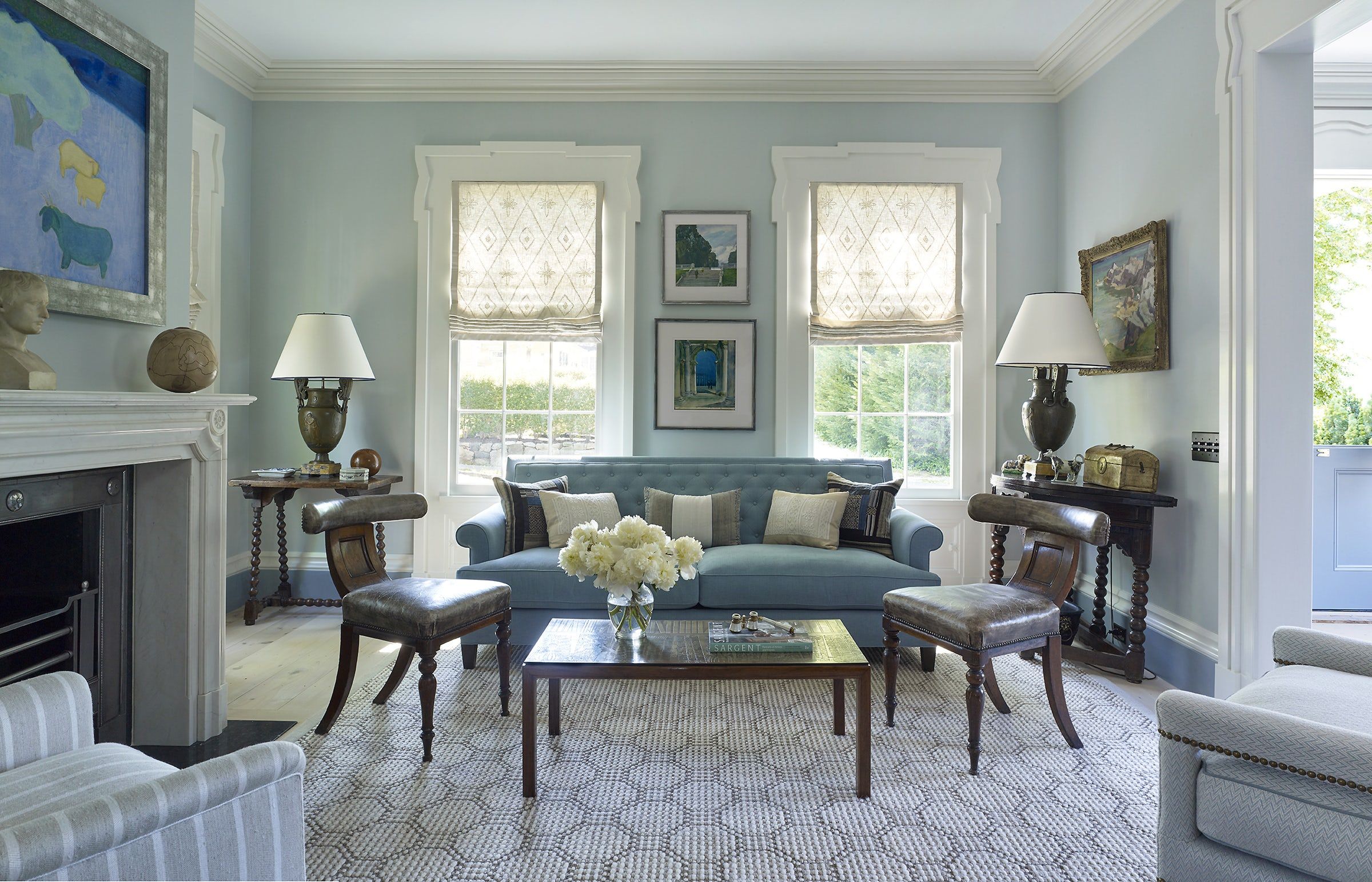


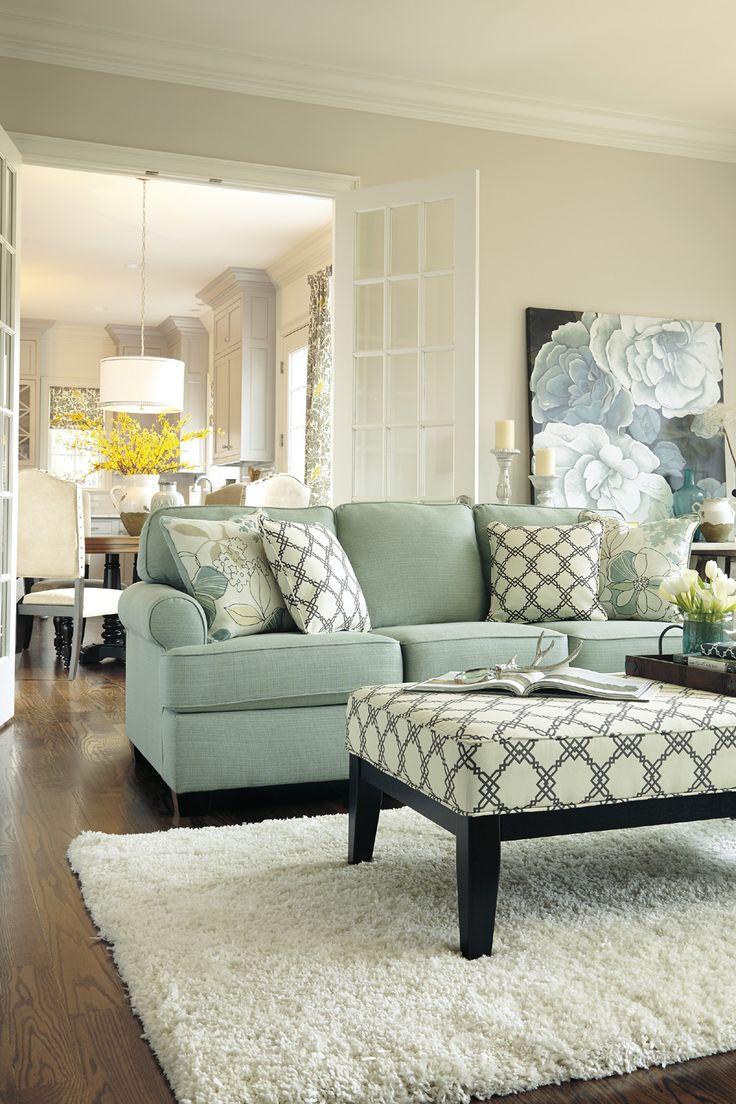
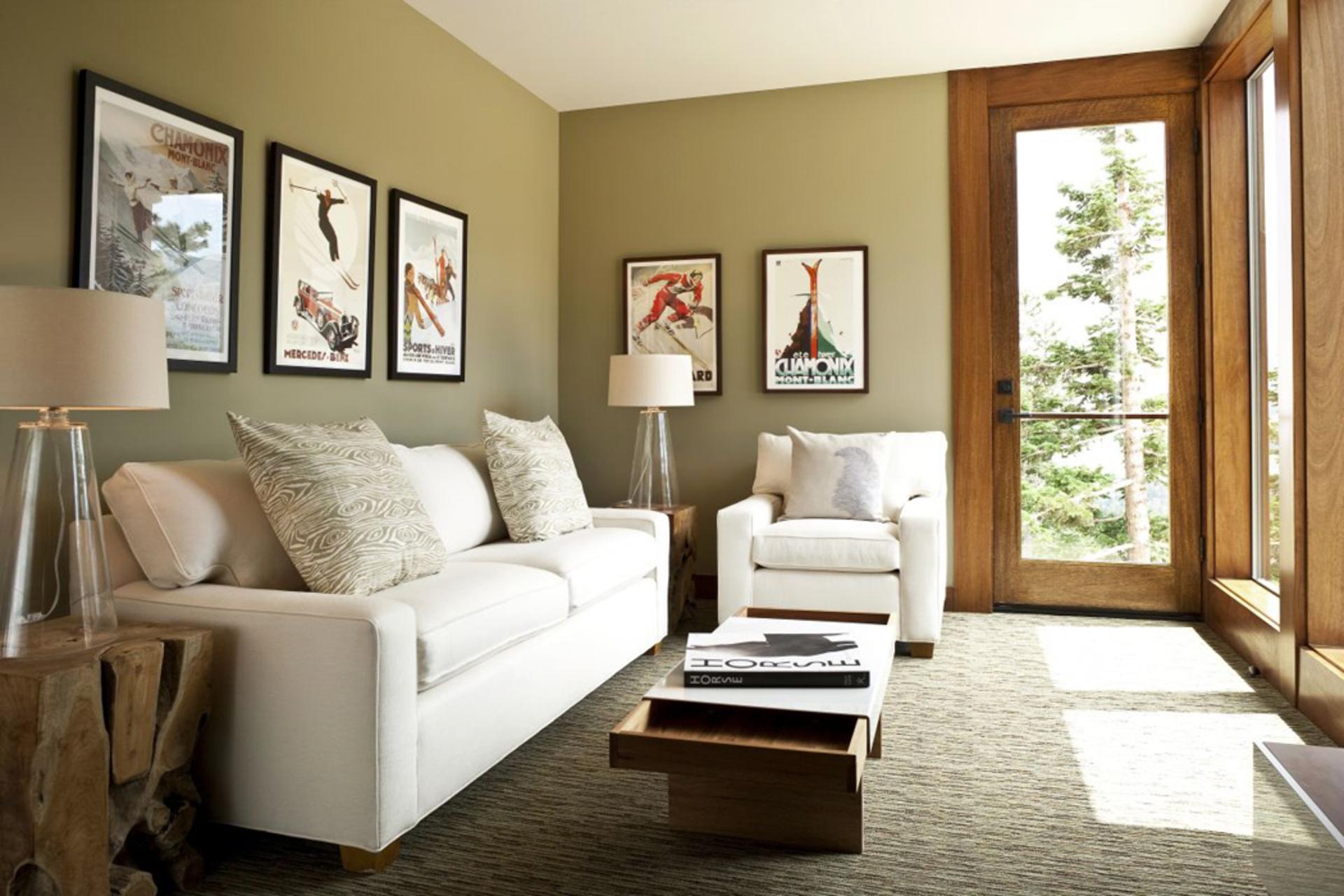
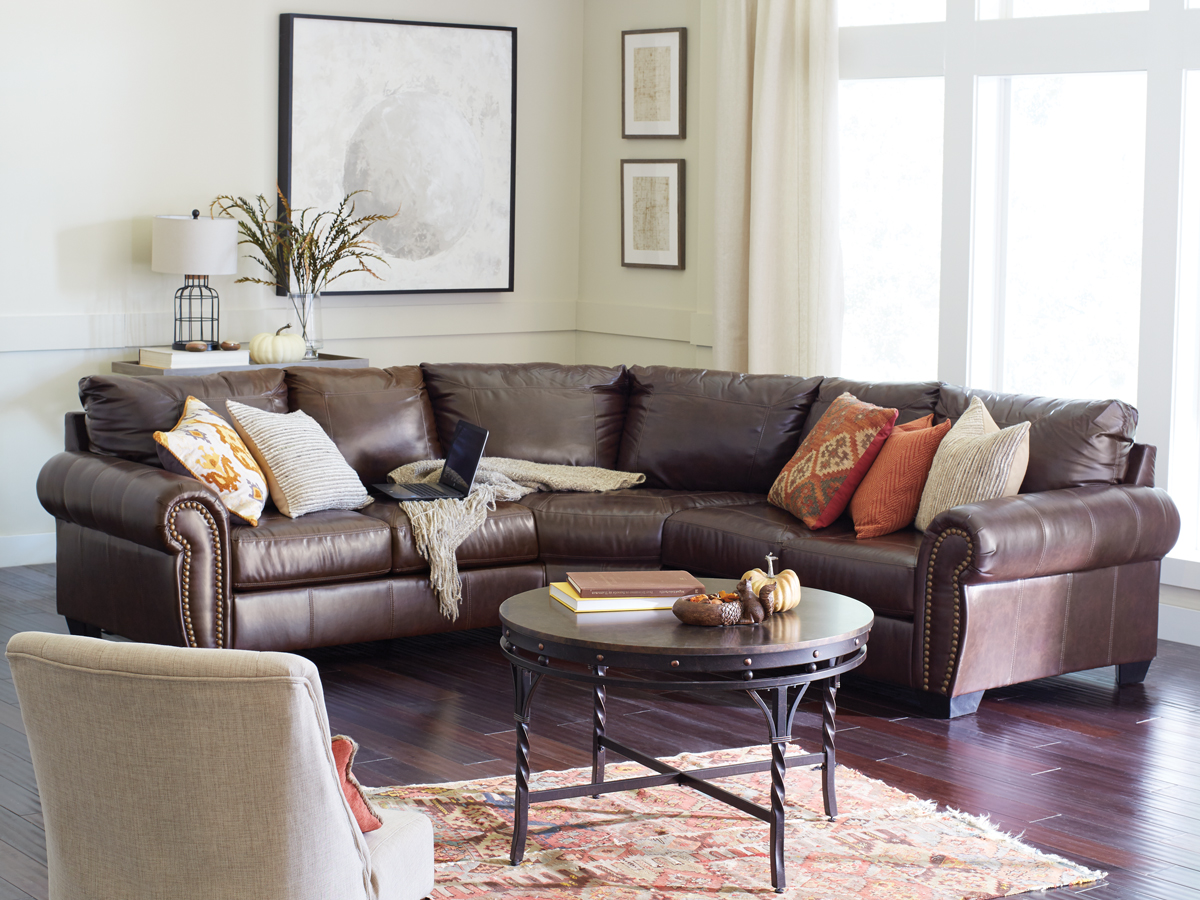


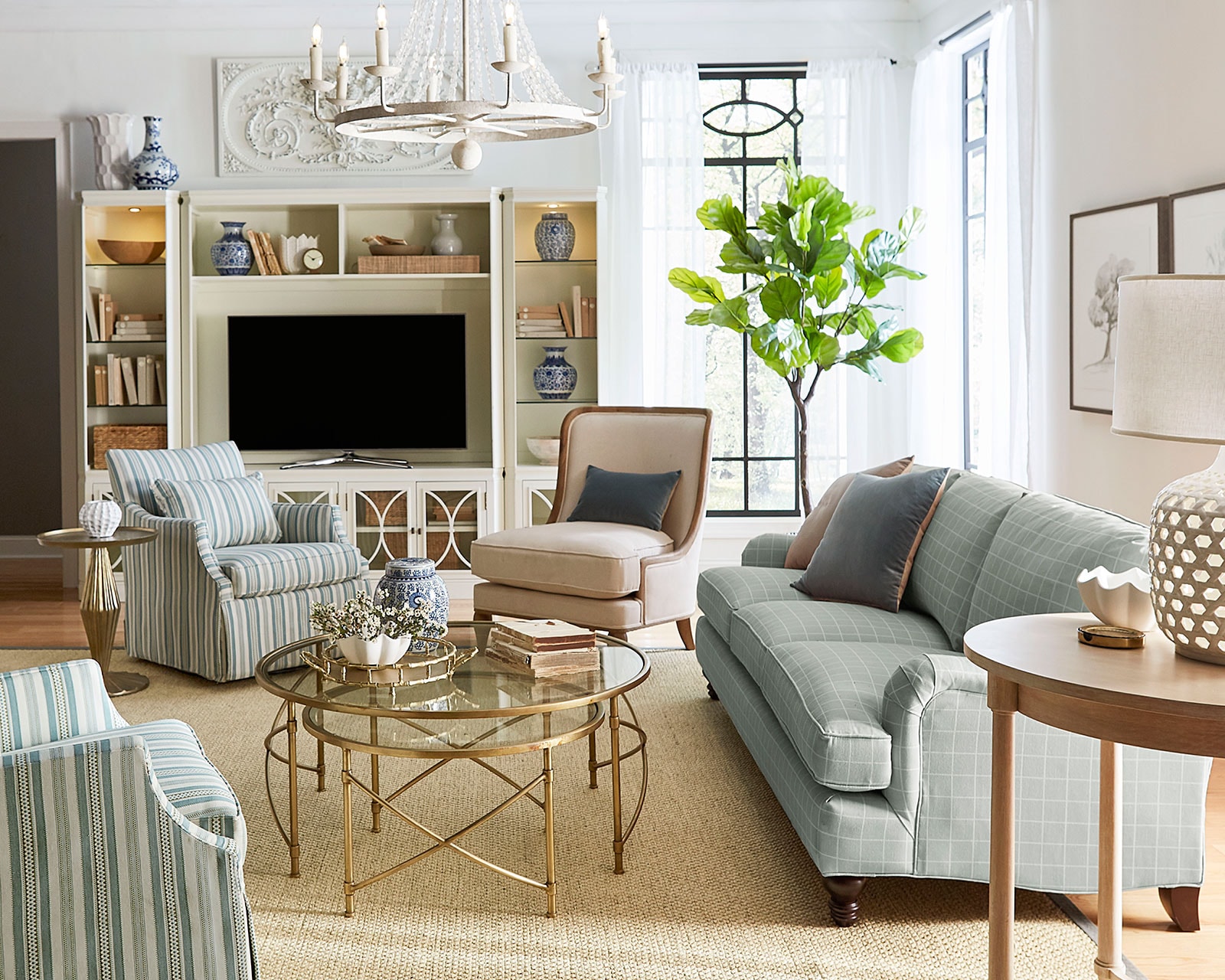
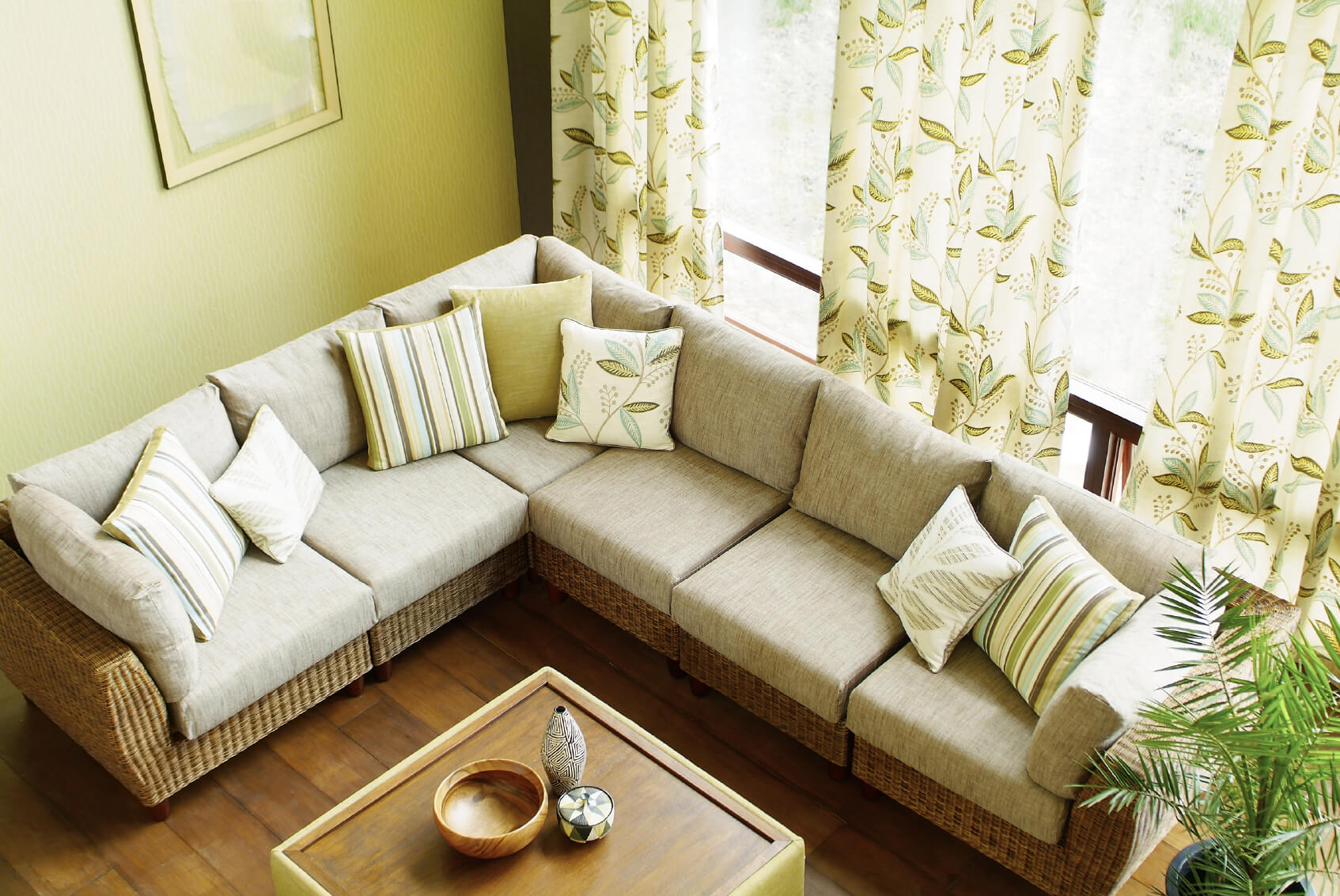







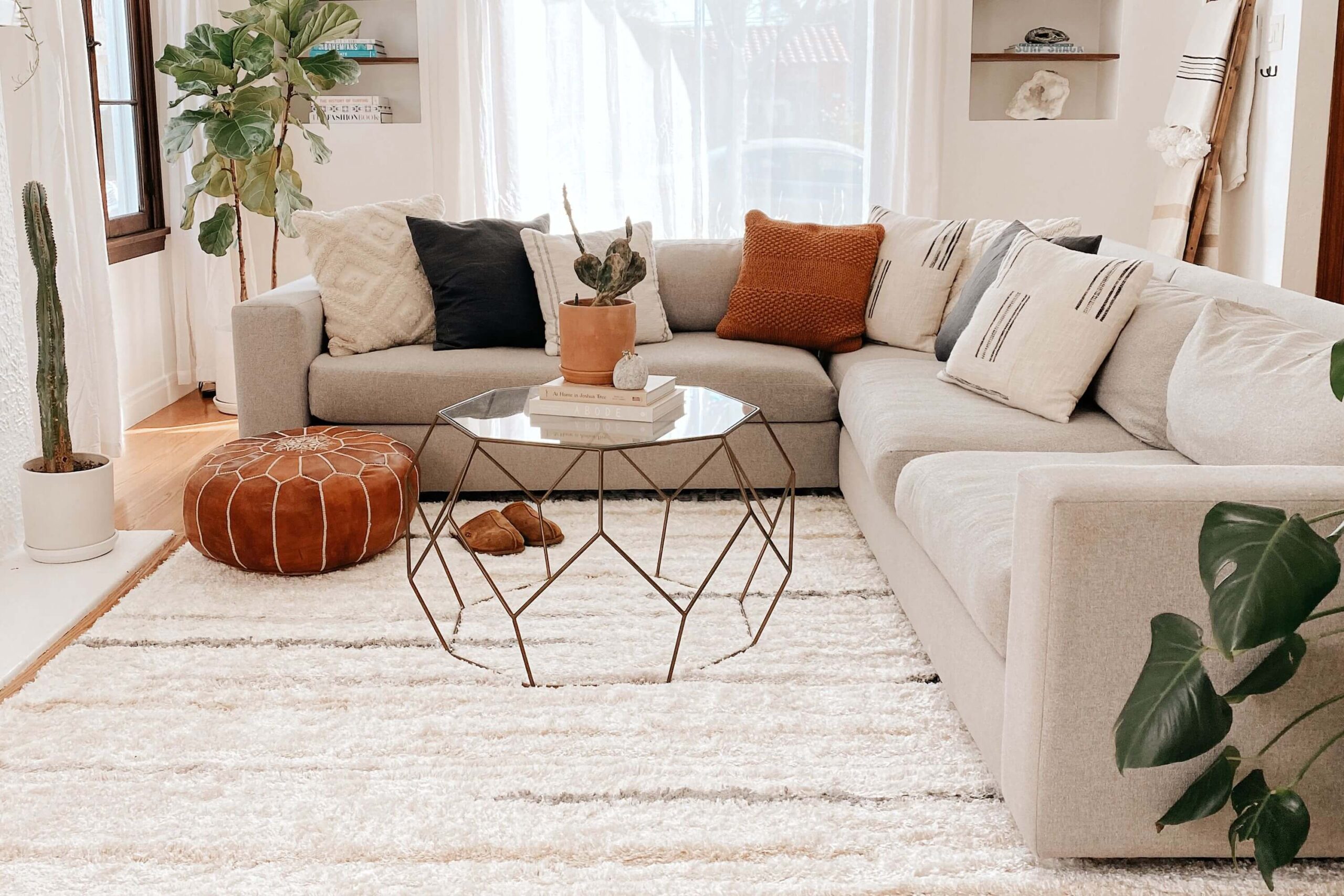

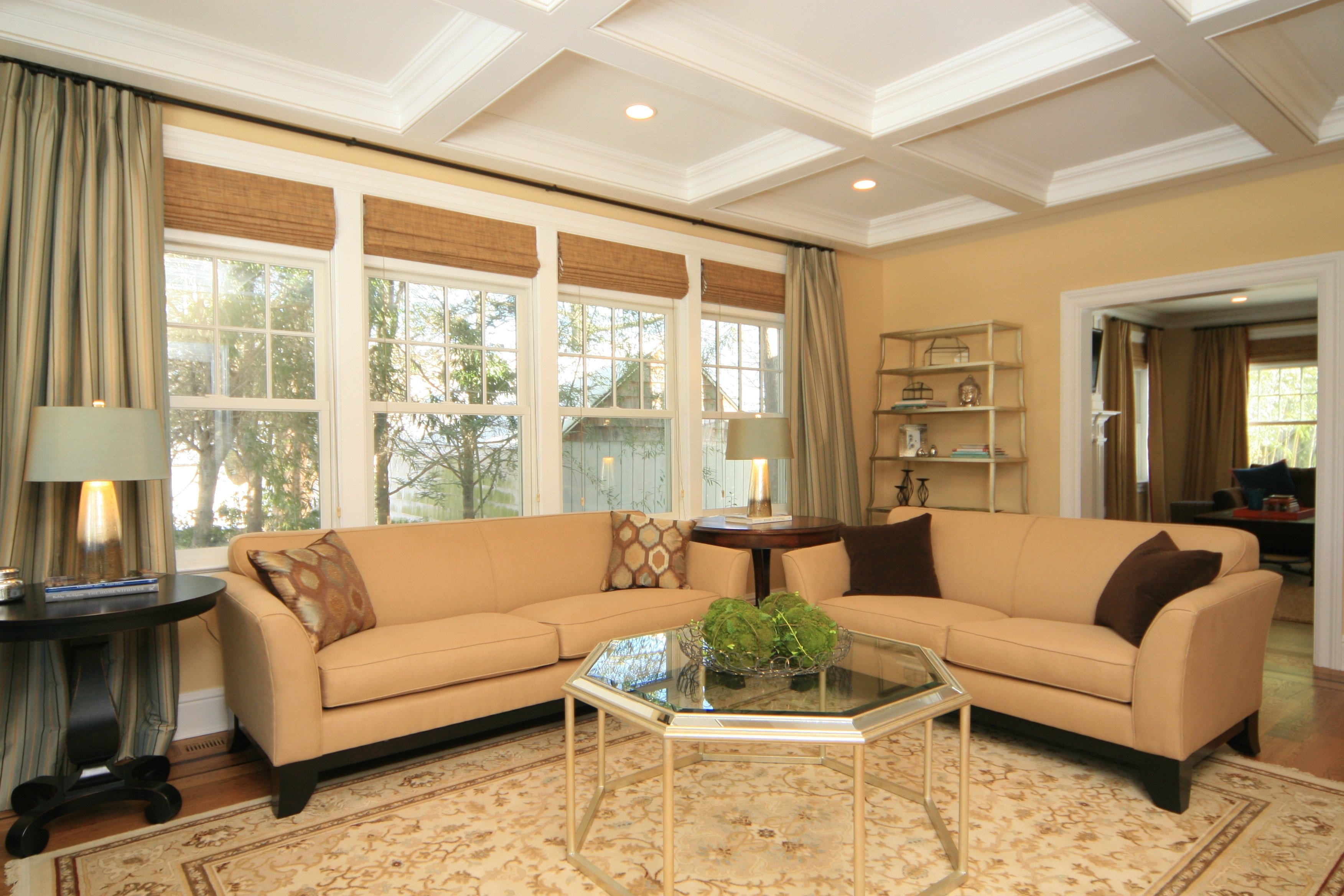


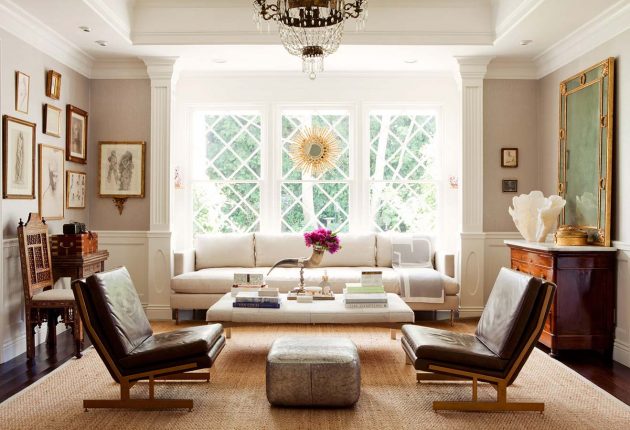
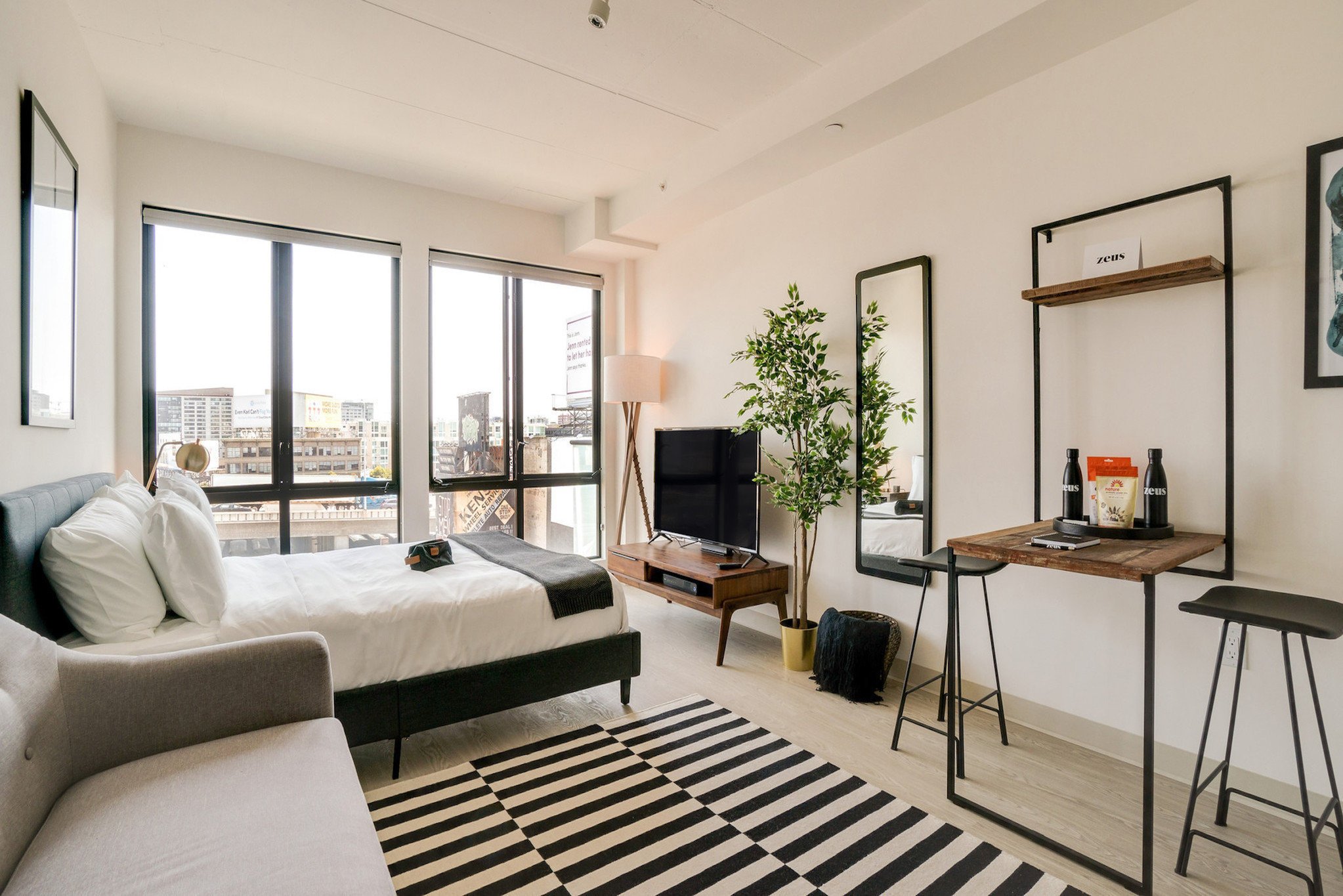
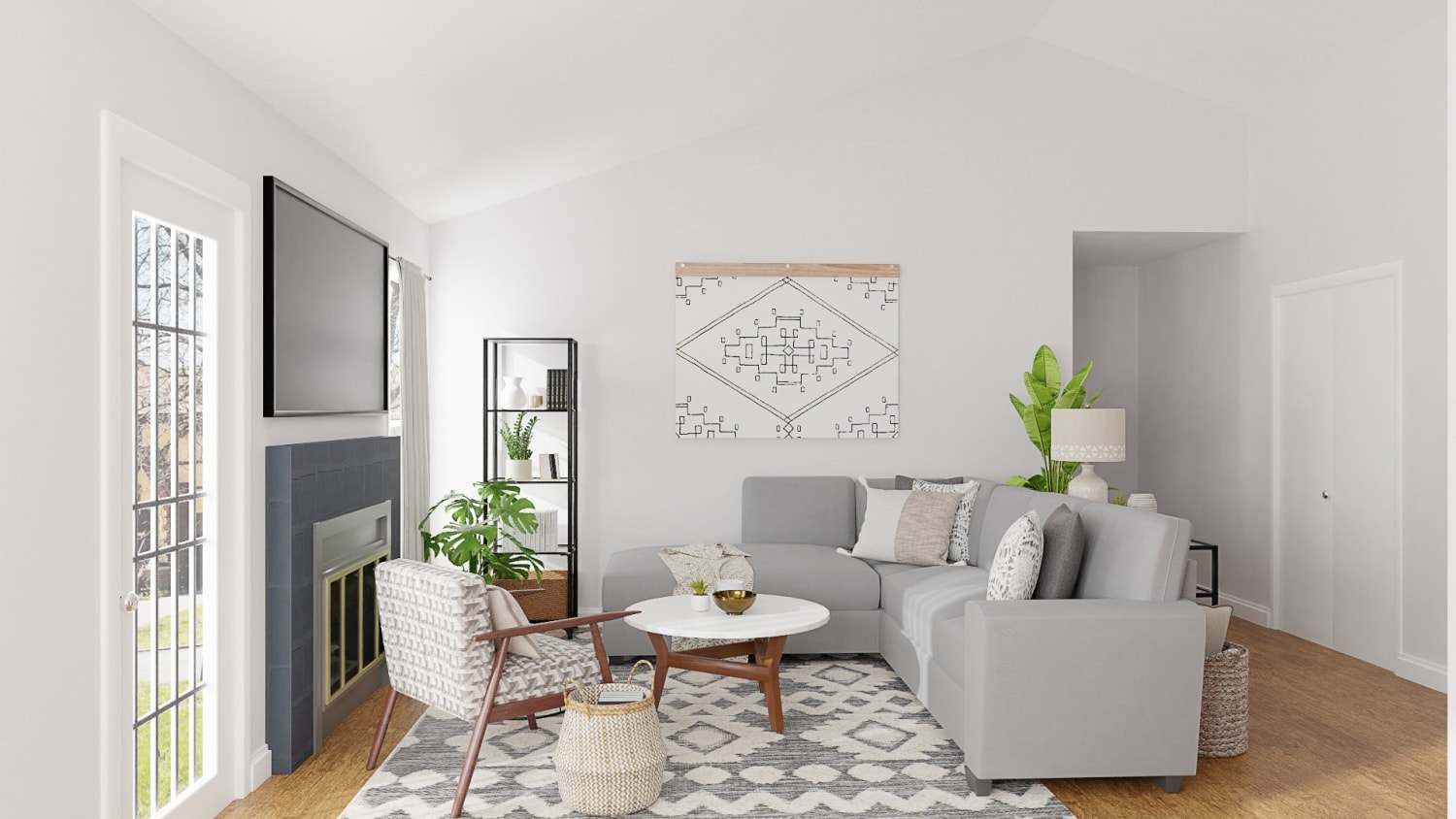



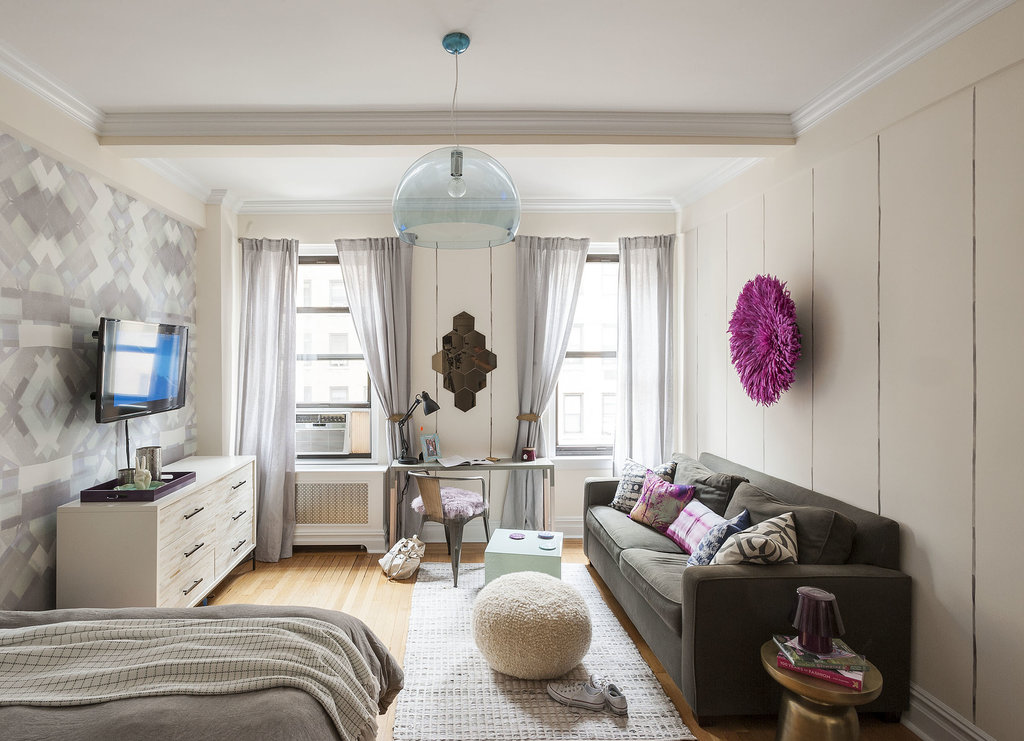


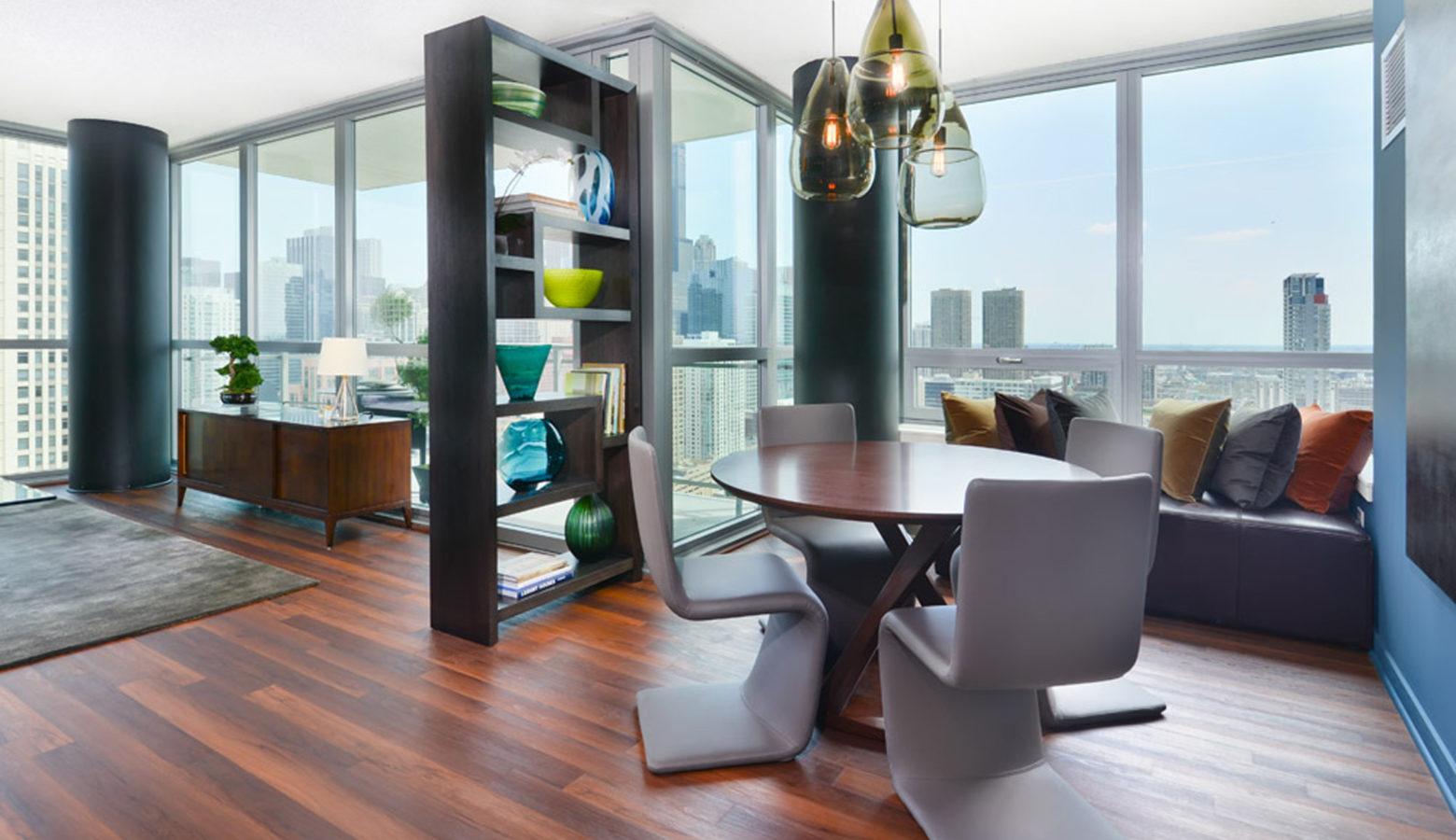
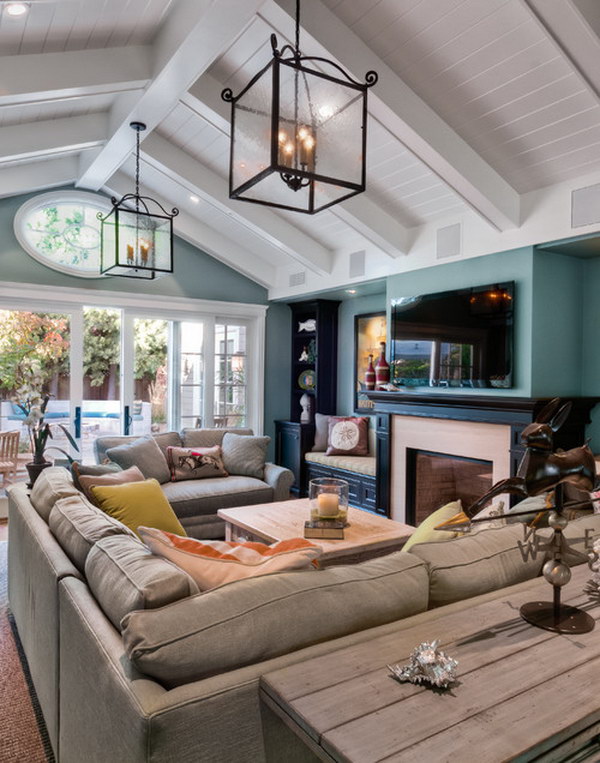


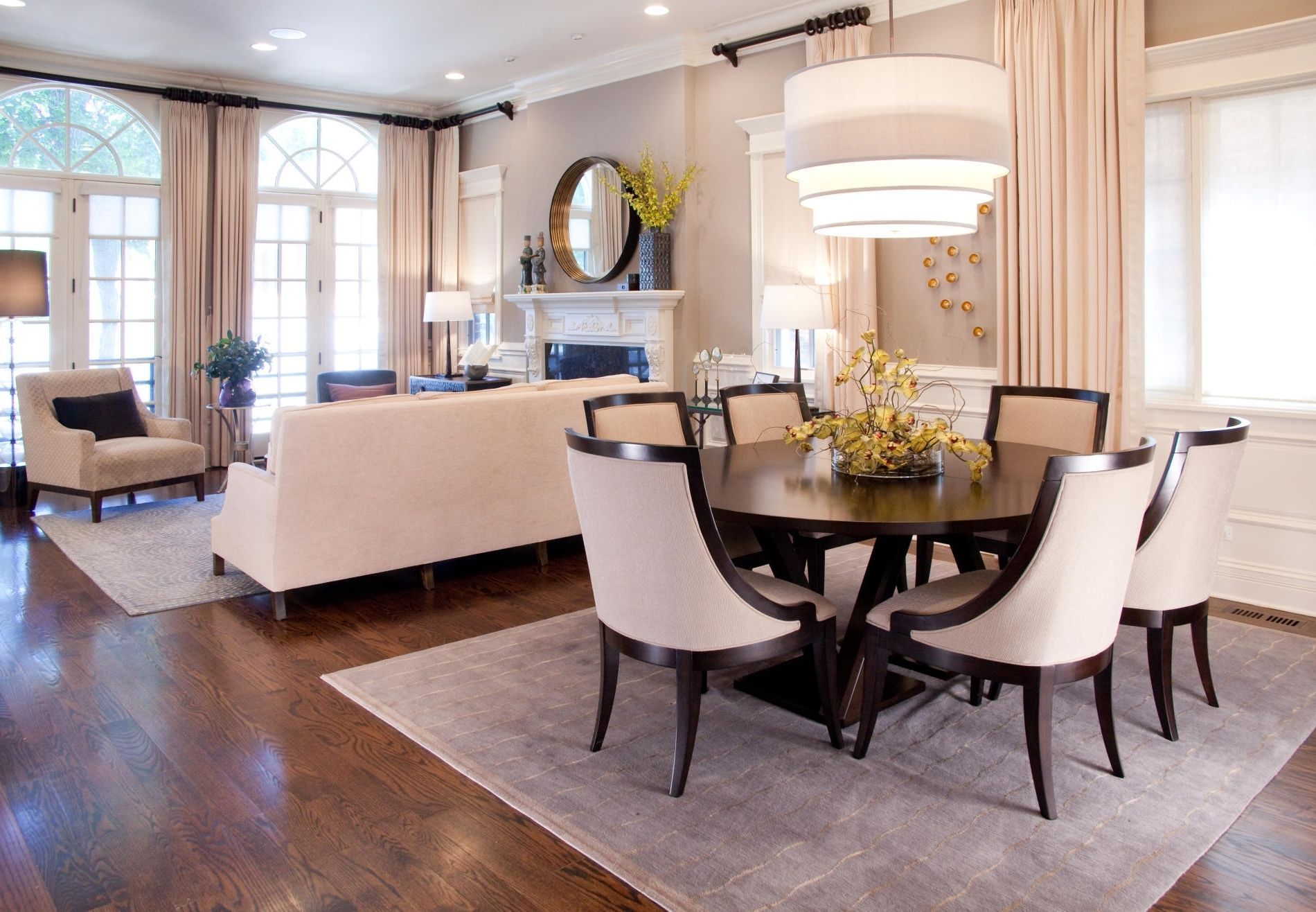





/Cozy-Sitting-Area-Beth-Webb-589f7cab3df78c475870dd2b.png)

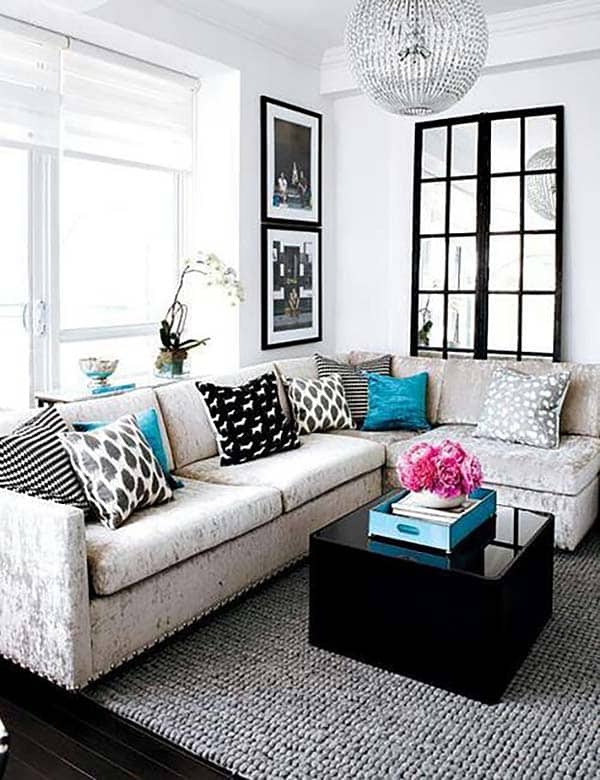
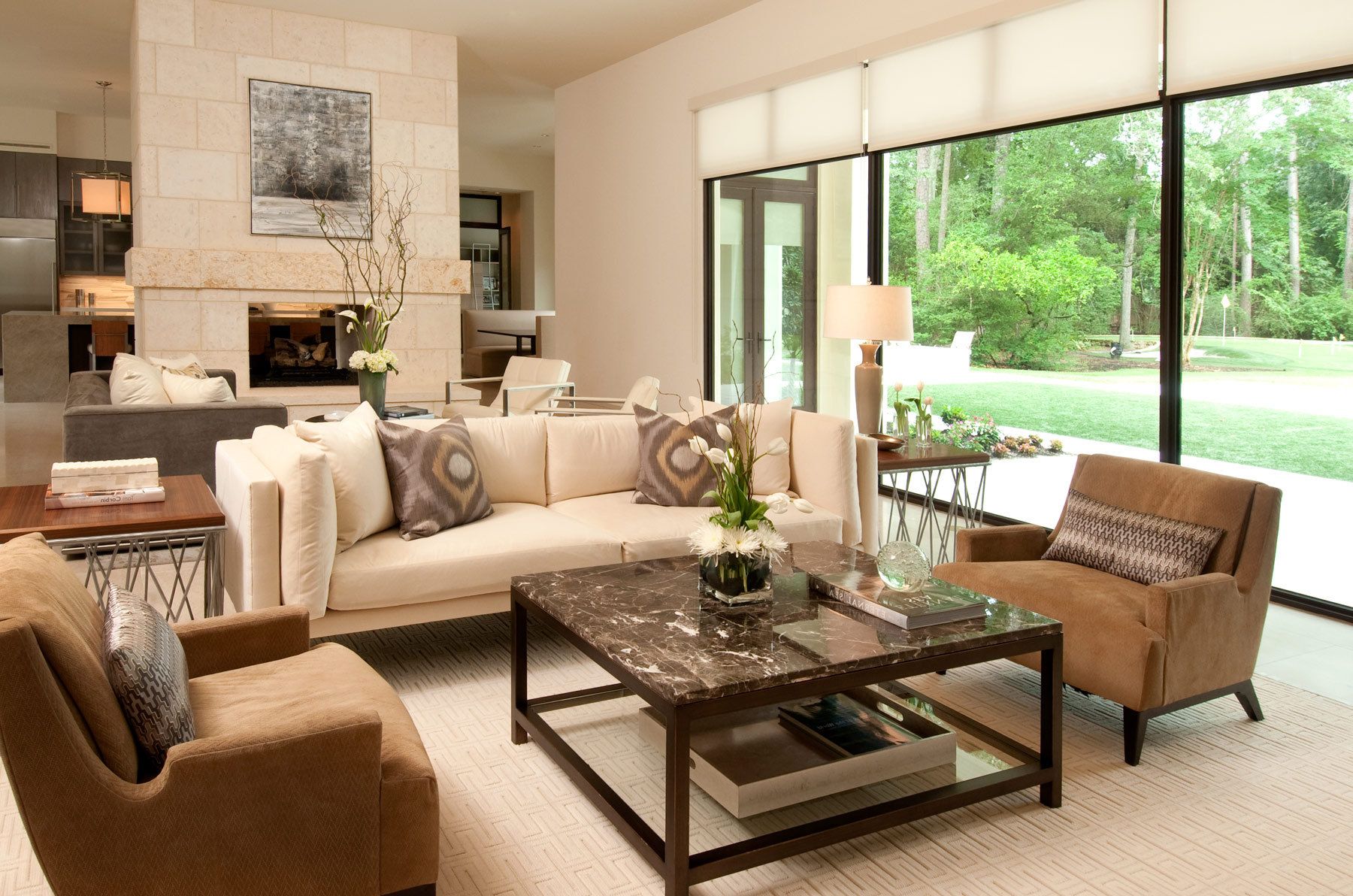
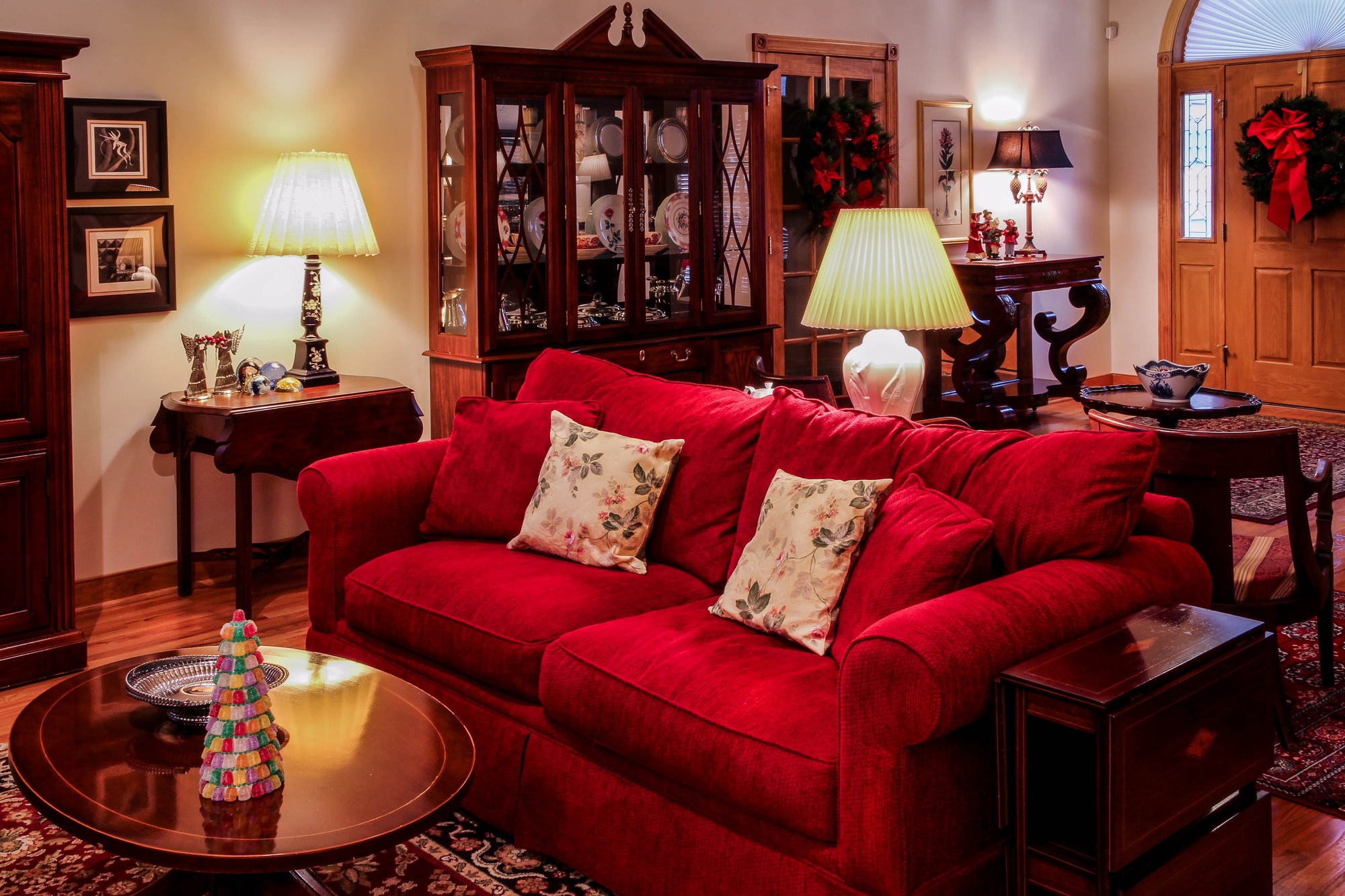






/Living-room-with-plaid-and-leather-furniture-589faf575f9b58819cb3fb05.png)




